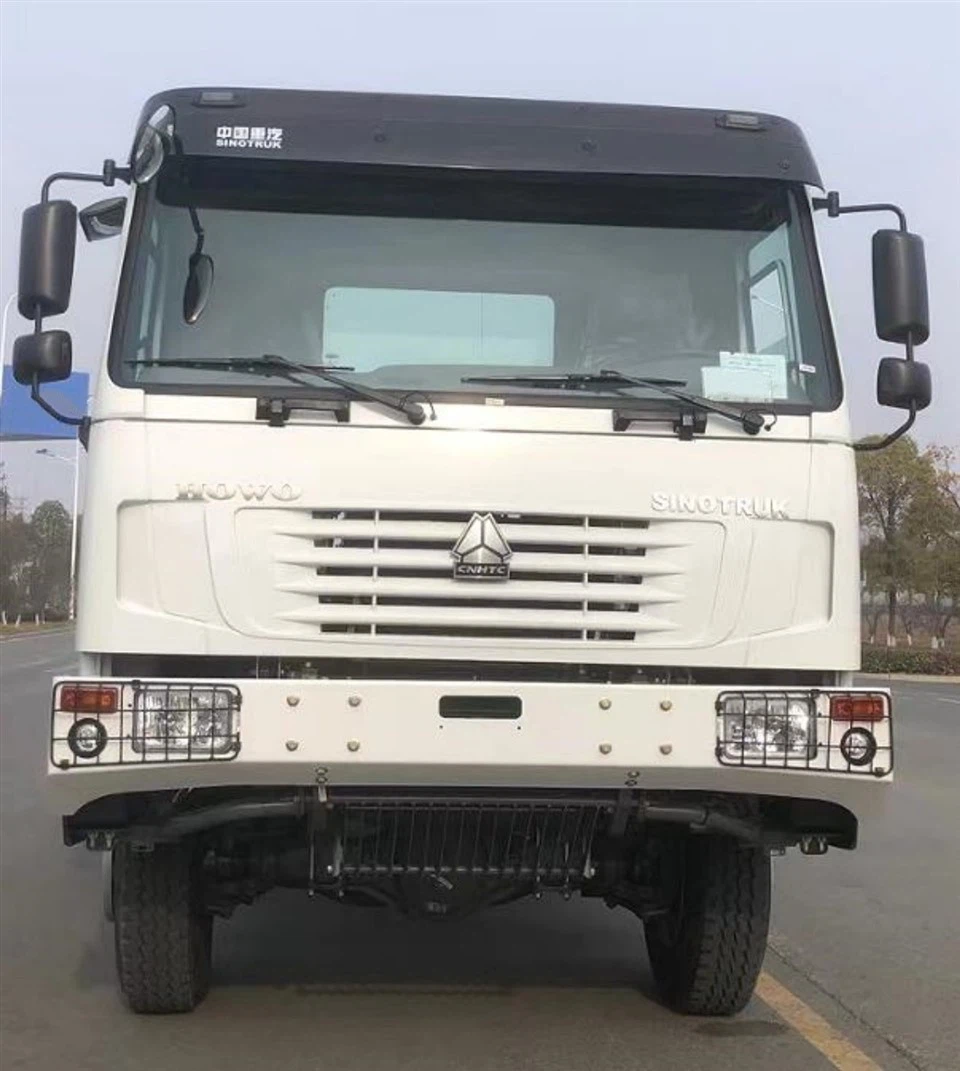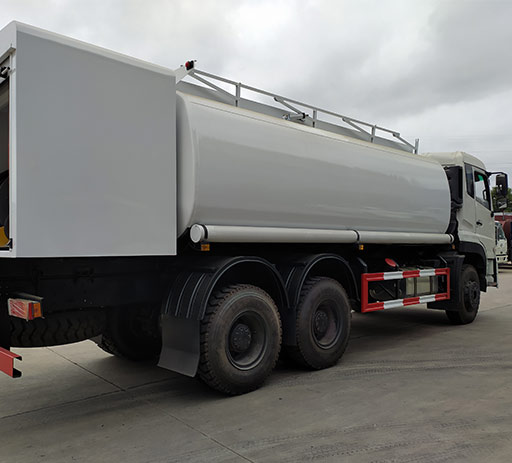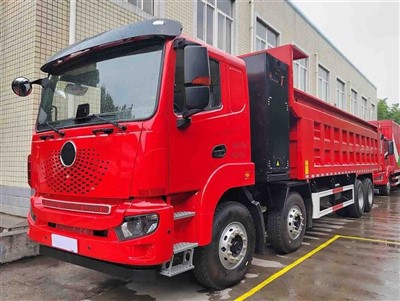Everything You Need to Know About Dual Trucks

In the world of heavy-duty vehicles, dual trucks stand out for their robust capabilities and versatility. Whether you are a seasoned trucker, a fleet manager, or simply an automobile enthusiast, understanding dual trucks can vastly improve your options. This comprehensive guide explores the ins and outs of dual trucks, covering everything from their features and benefits to practical buying tips and maintenance advice.
What Are Dual Trucks?

Dual trucks, also known as dual rear wheel (DRW) trucks, are vehicles specifically designed for heavy hauling. They feature two wheels on each side of the rear axle, which provides them with enhanced stability, improved load carrying capacity, and better traction compared to single rear wheel (SRW) trucks.
Characteristics of Dual Trucks
- Stability: The extra tires on a dual truck give it a broader footprint, enhancing its stability when carrying heavy loads.
- Load Capacity: Dual trucks can manage more weight safely, making them ideal for towing and transporting heavy equipment.
- Traction: The additional contact points with the ground improve grip, especially in adverse weather conditions.
Types of Dual Trucks
Dual trucks come in various configurations to suit different needs. Here are the main types:
Pickup Dual Trucks

These are the most common dual trucks. They offer a bed for loading and are often used for personal hauling or work-related tasks.
Chassis Cab Dual Trucks
Chassis cab dual trucks have a cab and a bare frame, which can be customized with various types of cargo bodies (like dump beds, flatbeds, or box bodies).
Commercial Dual Trucks
Heavy-duty commercial dual trucks are built to take on substantial loads circulating in freight transport or construction sectors. Examples include tow trucks and delivery vehicles.
Benefits of Owning a Dual Truck
Investing in a dual truck comes with several advantages:
Enhanced Stability and Control
With four rear wheels on the ground, dual trucks offer improved stability when making turns or driving on uneven surfaces.
Greater Payload and Towing Capacity
A dual truck can carry significantly heavier loads compared to a single rear wheel truck, making it suitable for various heavy-duty applications.
Off-Road Capability
Thanks to the additional traction, dual trucks are well-equipped for off-road adventures. They can handle rough terrains better than their single rear-wheel counterparts.
Choosing the Right Dual Truck for Your Needs
1. Assess Your Needs
Before purchasing a dual truck, consider what you will use it for. Are you primarily towing, transporting cargo, or need it for off-road adventures?
2. Consider Engine Size
Dual trucks come with different engine sizes. Bigger engines provide more power but can be less fuel-efficient, so determine your balance between power and economy.
3. Evaluate Payload Capacity
Check the manufacturer’s specifications to ensure the truck can handle the amount of load you intend to transport. Knowing your payload helps avoid premature wear and tear.
Maintenance Tips for Dual Trucks
Maintaining a dual truck is essential for longevity and performance:
Regular Tire Checks
Inspect tires frequently for pressure and tread wear, particularly since dual trucks depend significantly on tires for stability and load capacity. Rotate them regularly to ensure even wear.
Routine Oil Changes

Changing the engine oil at regular intervals helps maintain engine health. Check the owner’s manual to determine the specific intervals based on driving conditions.
Brake System Inspection
The weight and load of a dual truck mean that brakes work harder. Inspect and replace brake pads and fluids as necessary to ensure safety.
The Cost of Dual Trucks
The price of dual trucks varies depending on the brand, model, and specifications. On average, prices can range from:
| Type of Dual Truck | Estimated Price Range |
|---|---|
| Pickup Dual Trucks | $30,000 – $70,000 |
| Chassis Cab Dual Trucks | $40,000 – $80,000 |
| Commercial Dual Trucks | $50,000 – $100,000+ |
Common Misconceptions about Dual Trucks
1. Only for Heavy Hauling
While dual trucks are excellent for heavy hauling, they can also be used for everyday driving, recreation, and towing light trailers.
2. They Are Too Expensive to Maintain
While general maintenance can be higher due to size, implementing a routine service schedule can make ownership more economical.
Real-World Examples of Dual Truck Use
Construction
In construction, dual trucks are indispensable. They can transport tools and materials such as scaffolding, bricks, and heavy machinery.
Towing
Many outdoor enthusiasts use dual trucks for towing trailers, boats, and RVs, capitalizing on their towing performance and stability.
Frequently Asked Questions (FAQs)
1. Are dual trucks better than single rear wheel trucks?
Yes, dual trucks offer increased stability, traction, and payload capacity, making them superior for heavy hauling and towing applications.
2. Can I use a dual truck for regular commuting?
Absolutely! Many dual truck owners use them for daily commuting; they can be comfortable and practical for everyday use.
3. How do I improve fuel efficiency in a dual truck?
To maximize fuel efficiency, keep tires properly inflated, maintain the engine, and avoid unnecessary idling. Driving sensibly can also help.
4. How often should I perform maintenance on my dual truck?
Regular maintenance depends on use, but oil changes are typically recommended every 3,000 to 5,000 miles, alongside periodic inspections for brakes and tires.
5. What are the best brands for dual trucks?
Some popular brands known for dual trucks include Ford, Chevrolet, RAM, and GMC. Each offers various models with unique capabilities.
6. Can a dual truck be used for off-roading?
Yes, dual trucks are well-suited for off-roading due to their enhanced traction and stability, making them an excellent choice for adventure enthusiasts.
